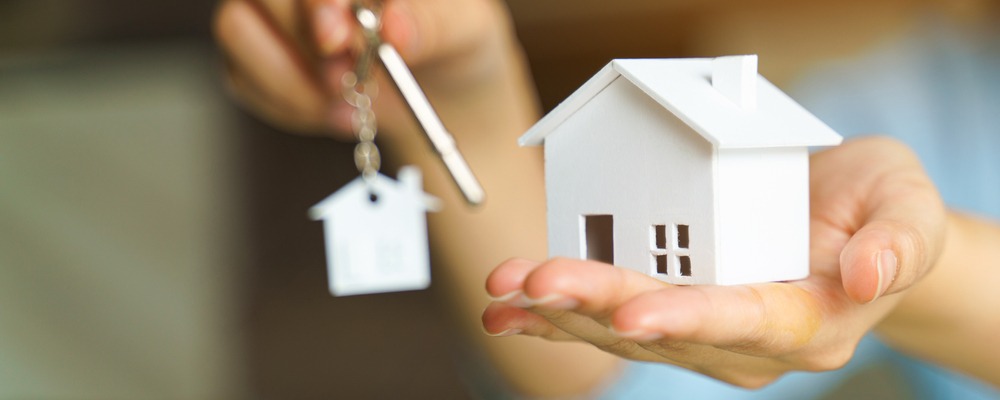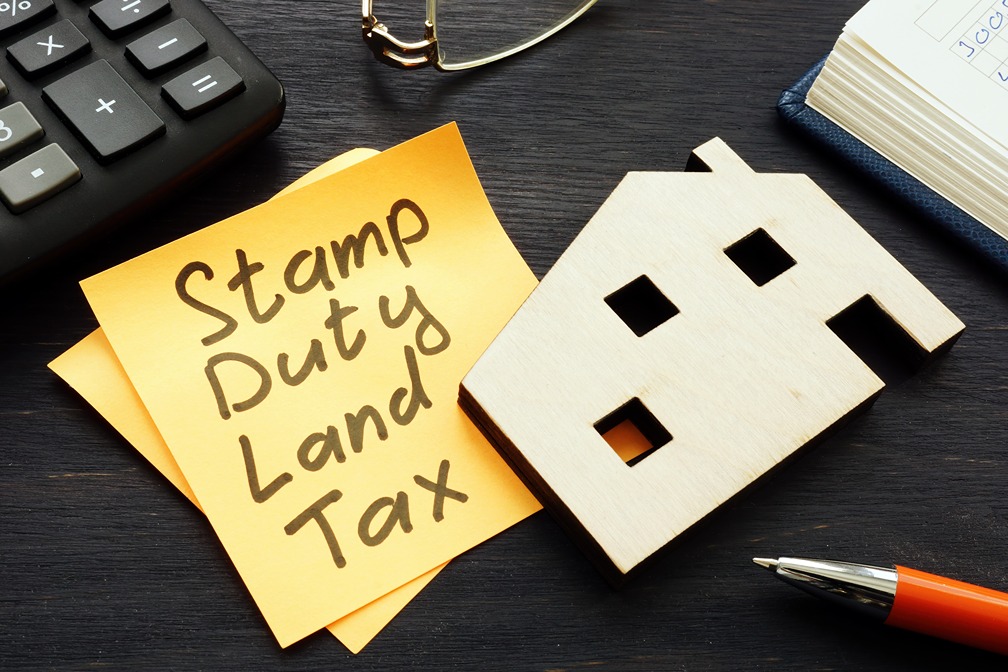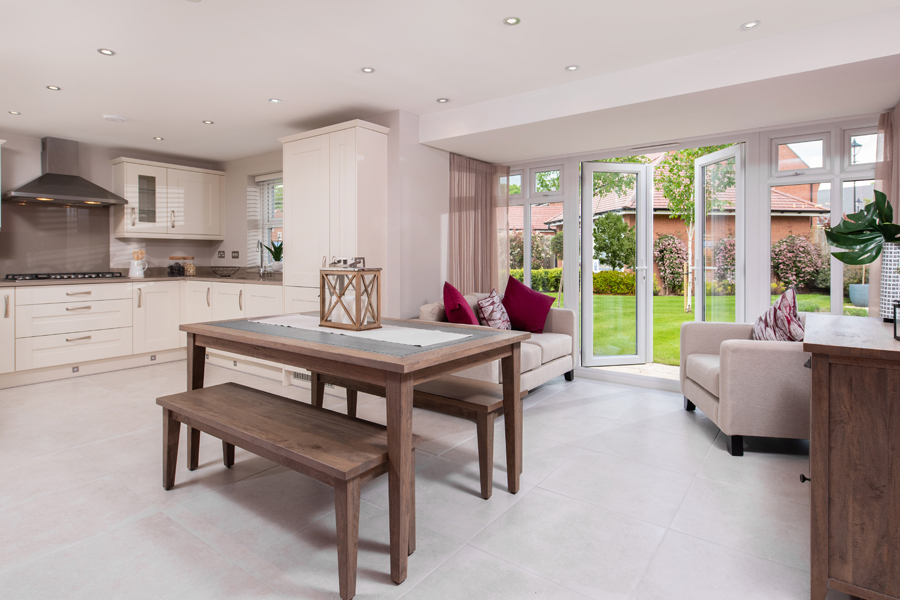Buy-to-let property investment
Ready to add another property to your portfolio? Property investment can bring significant benefits, like high rental income and long-term capital growth. Explore our comprehensive guide to learn more about the different types of property investment and the pros and cons.
What is an investment property?
An investment property is a property that is purchased to generate a financial return, which can come from rental income, future resale or both. An individual, a group of investors or a corporation can buy the property. The two main types of property investment are:
• A rental property that an investor has previously owned and now lets out to tenants. It can be sold later for a large capital growth return.
• A property purchased for a low price and renovated to produce a return. It can be a new build or an existing property that needs repairing.
What are the different types of property investment?
The different types of property investment include the following:
• Buy-to-let – A buy-to-let property means buying a property to let instead of living in it.
• Property development – Investing in property development means rebuilding or extensively renovating a house to sell it for a higher profit.
• New build home – A new build is a property that has never been occupied before. Investors buy it to sell it for a profit.
• Property investment trust – An investment trust means combining funds to invest with greater leverage.
• Property crowdfunding – Property crowdfunding means combining funds with other investors to invest in a buy-to-let.
The pros and cons of investing in property
Investing in property has advantages and disadvantages. These include the following:
| Pros | Cons |
| Investing in property can bring a steady financial income. |
Property investment requires a significant amount of upfront capital. |
| Property investment may lead to long-term capital appreciation. |
Selling your investment property can take time, and you may not be able to access your funds immediately. |
| Property investors benefit from tax reductions and benefits, including mortgage interest and property taxes. |
Property investment is affected by market fluctuations, which may lead to a decreased property value. |
| Investing in properties helps you diversify your portfolio. |
Being a landlord can be stressful and time-consuming. |
How to invest in property
Below are some of the essential steps of the property investment process.
1. Choose where you want to invest
The location determines the type of tenants your property will attract, so it’s important to choose it well. If you’re considering renting to students, finding a property near a university is ideal. Families typically prefer proximity to green spaces, while young professionals may want to live near efficient transport links.
2. Find your property
Once you know where to buy, it’s a good idea to arrange as many property viewings as possible. Look out for any issues and decide whether you’d be willing to cover the costs, as this will affect the rent price.
3. Arrange finances and get a mortgage
The next step is to determine the size of your deposit by checking how much you can borrow. You can use our Mortgage Affordability Calculator to find out.
Once you know how much you can afford, you can apply for an Agreement in Principle (AIP). This involves a credit check to understand your financial circumstances. When you receive it, you can make an offer and apply for a mortgage.
Our comprehensive homebuying guide has plenty of tips and useful information to help you through the process.
Things to consider before investing
Buying an investment property is a big financial commitment, so you must consider it carefully. Ask yourself the following questions:
• Am I ready to invest in property?
• How will I finance my investment?
• What type of investor do I want to be?
• Can I afford all the costs?*
• Do I have enough time to spend on my investment property?
*Investing in property involves various expenses, including Stamp Duty and Land Registry, solicitor and estate agent fees and insurance and mortgage costs.
Discover our brand-new homes across the UK – energy-efficient, modern and suitable for all lifestyles. These range from 2 bedroom homes and 3 bedroom homes for first-time buyers and downsizers to 4 bedroom homes and 5 bedroom homes for growing families and upsizers .
Explore fantastic homebuying offers for a trouble-free move, including Deposit Boost, Deposit Unlock and Parent Power.
Contact our Sales Advisers today to get started.
Property Investment FAQs
-
The minimum deposit required for a buy-to-let mortgage can vary depending on the lender, but typically ranges between 20-40% of the property's value.
-
Drawbacks of owning a second property can include the additional expenses and responsibilities of maintaining a second property, potential difficulty in finding tenants, the possibility of rental income not covering expenses, and potential capital gains tax liability when selling the property.




